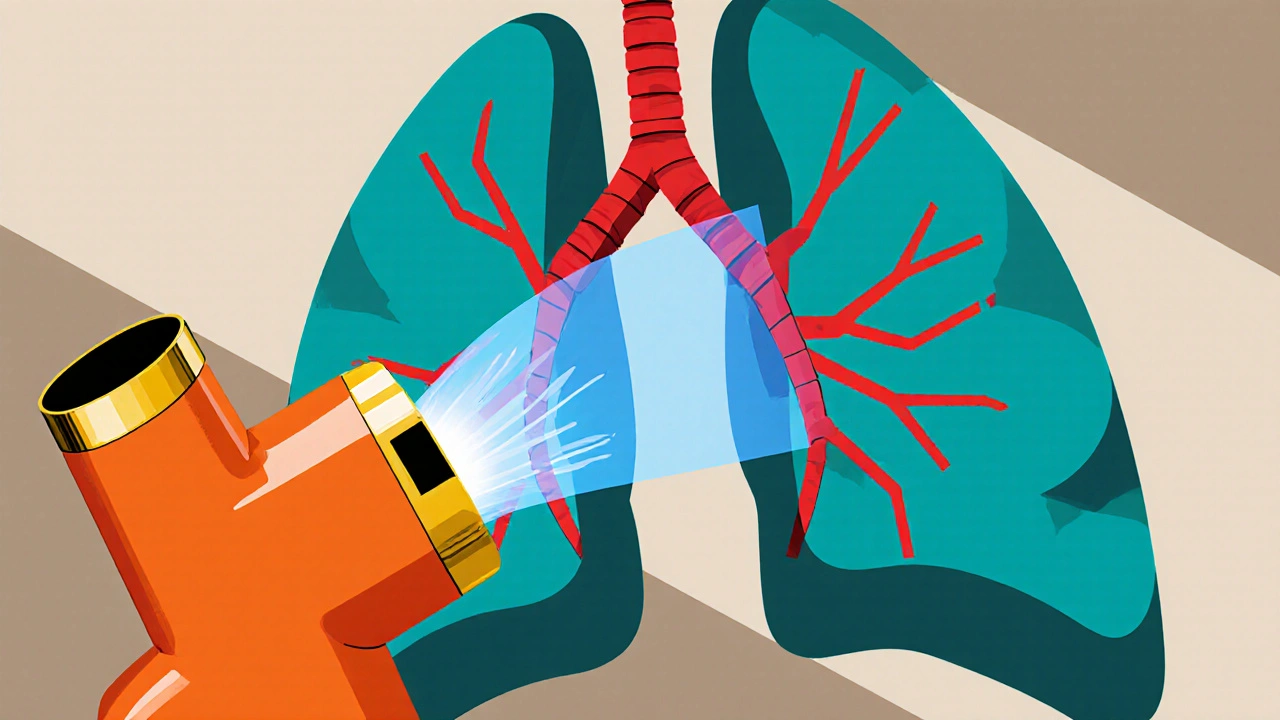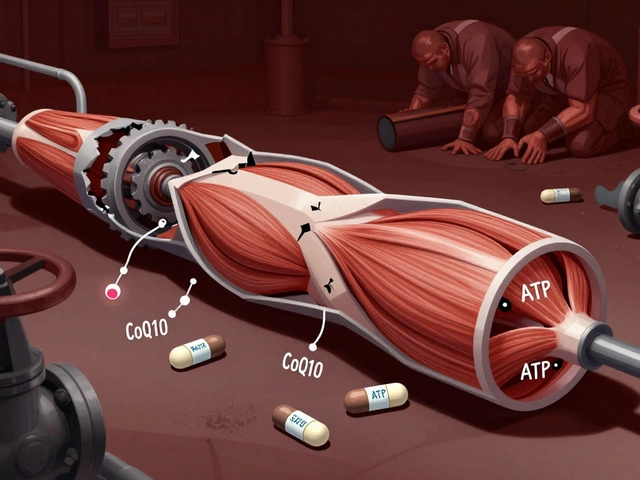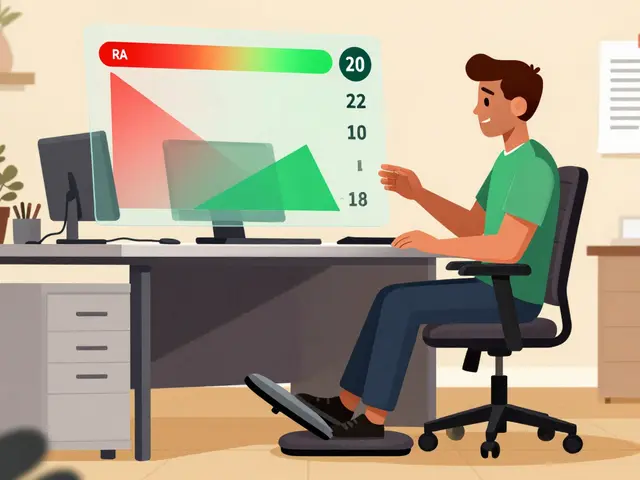Short-Acting Bronchodilators: Fast Relief for Asthma and COPD
When your airways tighten up and breathing becomes a struggle, short-acting bronchodilators, fast-acting medications that relax the muscles around your airways to open them up quickly. Also known as rescue inhalers, they’re the first line of defense for sudden breathing problems. These aren’t daily maintenance drugs—they’re your emergency tool when you feel wheezing, chest tightness, or shortness of breath creeping in.
They work in minutes, not hours. The most common ones are albuterol, a beta-2 agonist that opens airways within 5 to 15 minutes and lasts 4 to 6 hours and levalbuterol, the pure active form of albuterol, often used when patients need fewer side effects like jitteriness or rapid heartbeat. Both come in inhalers or nebulizer solutions. You’ll find them in blue inhalers—yes, that’s the standard color for rescue meds. They’re not for long-term control. If you’re using one more than twice a week, your asthma or COPD isn’t well managed, and you need to talk to your doctor about adding a daily controller.
People with asthma, COPD, or exercise-induced bronchospasm rely on these daily. Athletes, teachers, construction workers—anyone whose breathing gets triggered by cold air, dust, or stress—keeps one handy. But they’re not harmless. Overuse can mask worsening disease, and in rare cases, cause heart rhythm issues. That’s why knowing when to use them—and when to call for help—is just as important as knowing how to use the inhaler correctly.
You’ll find posts here that dig into real-world comparisons: how albuterol stacks up against levalbuterol in cost and side effects, what to do if your inhaler stops working as well as it used to, and how to tell the difference between a normal flare-up and something more serious. There’s also guidance on inhaler technique—because if you’re not using it right, the medicine never even reaches your lungs. No fluff. Just clear, practical info from people who’ve been there.

How Bronchodilators Transform COPD Treatment: Benefits, Types, and Best Practices
Explore how bronchodilators work, their different classes, and step‑by‑step guidance for using them in COPD treatment, plus safety tips and future tech.
read more




